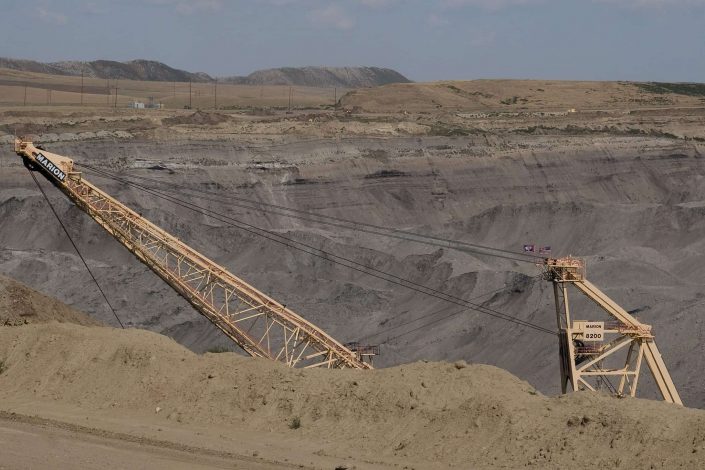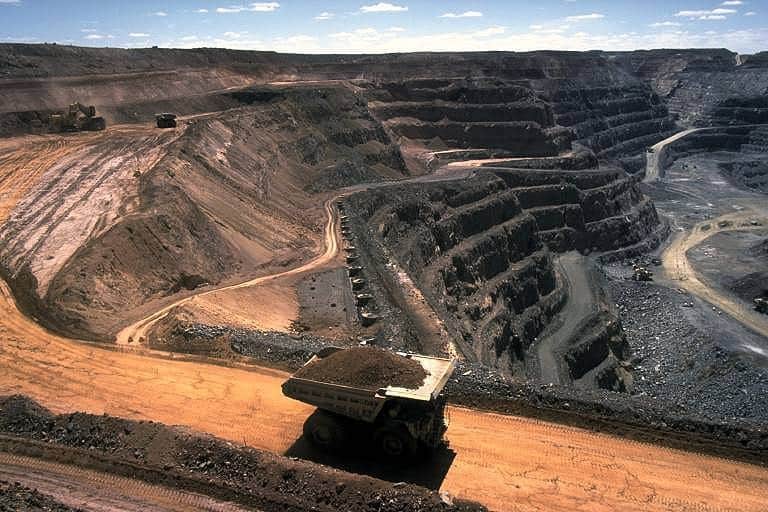Australia, currently the world’s biggest coal exporter, may be about to see its market decline more rapidly and deeply than originally expected as the pandemic changes the world’s energy consumption habits.
The country’s coal exports have already dipped due to decreased demand in key markets because of lockdowns and generally slower economic activity before and after lockdowns.
According to the website NS Energy, this is on top of a major hit that the global coal industry took last year, when thermal coal prices experienced their biggest annual drop for more than a decade – plummeting from $101 in December 2018 to a mere $66 a year later.
Will China import more when the spat ends?
And then there’s China, which in the earlier part of 2019 was importing thermal coal worth around $5-billion from Australia, according to government reports.
Exports to that country have, unsurprisingly, dropped during the pandemic. But there has been an expectation in some quarters that, once the pandemic fades and Australia and China kiss and make up when the current diplomatic spat ends, then it will be business as usual.
“Nothing could be further from the truth,” says Alex Turnbull, a Singapore-based fund manager writing in the Guardian Australia newspaper.
China will produce more energy domestically
“It is an historical accident that China became a large importer of coal, which China’s government has been seeking to correct since the global financial crisis,” Turnbull says.
“These efforts are bearing fruit and Australian coal exports will continue to suffer as China’s focus on producing more energy domestically displaces Australian exports.
“Australian governments need to see the political logic from China’s point of view and accept that we cannot expect China to import and burn coal it no longer needs.”
Pandemic shows the underlying vulnerability of coal
But there’s another narrative that suggests the entire global coal industry may, more quickly than anyone anticipated, become one of the casualties of a post-pandemic new world order.
According to a report published last week by the BBC’s Chief Environment Correspondent, Justin Rowlatt, keeping much of the world’s population at home has led to an unprecedented fall in energy demand, including demand for electricity.
This has, in turn, revealed the underlying vulnerability of coal – the fuel that powered the creation of the modern world.
“Like a tide withdrawing, the crisis has exposed just how fragile the financial foundations of this dirtiest of all fossil fuels have become,” Rowlatt says. “Some industry observers are even saying that coal may never recover from the pandemic.”
No coal consumed for 60+ days in UK
He gives an example of how our new virus-infested world is throwing up some remarkable figures for energy experts to digest.
In the UK, as of midnight on 10 June, Britain’s electricity grid will not have burnt any coal for 60 days. And it is unlikely to start again anytime soon.
“In the US, more energy was consumed from renewables than from coal for the first time ever this year, despite President Donald Trump’s efforts to support the industry,” Rowlatt says. “By contrast, only a decade ago, almost half of US electricity came from coal.”

Even in India, one of the fastest-growing users of coal, demand for the fuel has fallen dramatically, helping deliver the first reduction in the country’s carbon dioxide emissions for 37 years.
Decline in demand is a global phenomenon
The BBC report says the decline in coal demand in India is part of a global phenomenon. According to the International Energy Agency (IEA), we are seeing the largest worldwide decline in coal consumption since World War Two. Only renewables have managed to hold their ground, says Fatih Birol, the executive director of the IEA.
Rowlatt believes that, while there is certainly an environmental angle to this, the bigger reason is economic.
“Once you’ve built your power stations, it is more expensive to run those that require fuel than ones that rely on wind, rain or sunshine,” he says. “Think about it. You need to keep buying coal to burn. But once you have installed your wind turbine, solar panel or hydropower plant, the electricity it produces comes pretty much free of charge.”
He continues: “Adding momentum is the fact that renewables are now often cheaper to build than new coal. And every year they are getting cheaper still…”












